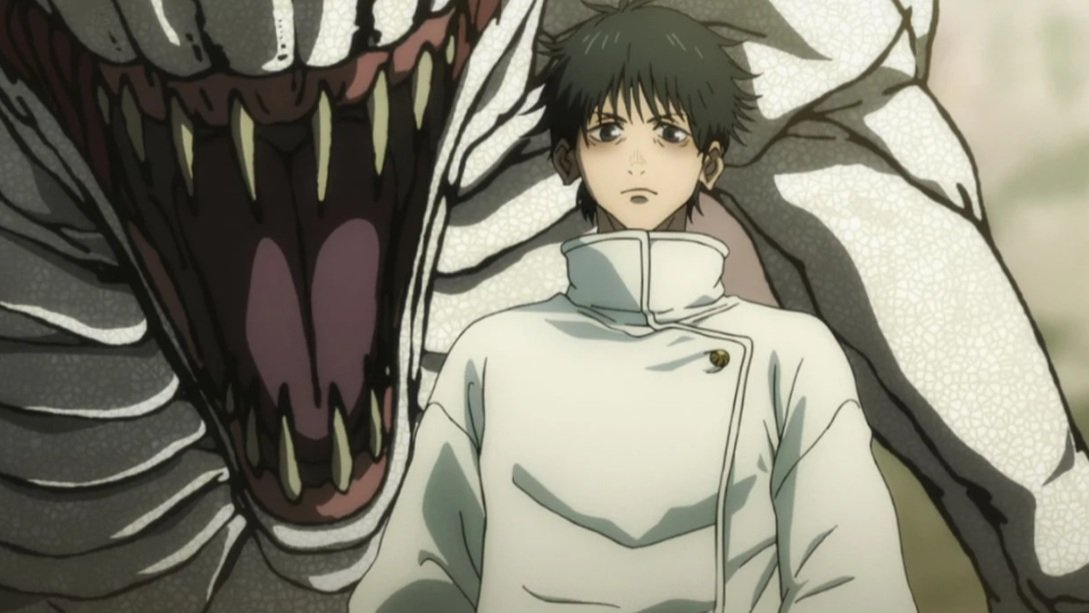Review: The Shape of Water
Guillermo del Toro’s latest—The Shape of Water—is a film about people on the margins. A picture about the corruptive and decaying power of hatred. But, most of all, it is about the transformative and healing power of love. In other words, it is both timely and timeless. The film begins with our narrator, and member of our principal cast, Giles (Richard Jenkins), pondering, “If I told you about her, the princess without a voice, what would I say?”
Over the course of the next three acts, del Toro shows us the journey of the voiceless Elisa (Sally Hawkins), a janitor at a top-secret government lab, as she falls in love with and subsequently attempts to save ‘the asset’, a suspiciously Creature from the Black Lagoon-esque monster. Though, given their shared muteness, it does not seem unreasonable that they would become quick friends, the bond they forge and the predicament they share goes deeper; as del Toro describes, “Love renders us speechless.” Accompanying Elisa is her friend Zelda (Octavia Spencer) and her neighbor Giles, who, by the end of the film, begin to understand just how deep the love is between her and the asset.
Del Toro’s films have always had a love affair with cinema. Crimson Peak borrowed liberally from Jack Clayton’s gothic chiller The Innocents, and Pan’s Labyrinth from Labyrinth and The Chronicles of Narnia. But, he always finds a way to transcend mere pastiche and craft something that seems utterly and inextricably placed within the context of its influences while simultaneously forging an aesthetic and narrative all his own. The Shape of Water might be his most cinematically entangled film yet. This film oozes love for classic film from every pore.
The first and most obvious influence that del Toro has sighted, and which will be apparent to anyone who has seen the monumental horror classic, is Creature from the Black Lagoon. Del Toro has said that, as a young child, he saw the 1954 classic on television and was transfixed by a shot of the Creature staring up at Julie Adams in rapture. That misunderstood romantic delight is at the heart of The Shape of Water. On the other side of the spectrum, del Toro’s latest sprinkles in musical beats that pull from a number of films, most noticeably from Powell and Pressburger’s 1948 tale of obsession The Red Shoes—although it’s more a visual touchstone than a thematic or narrative influence. And, finally, certain shots and scenes seem ripped straight out of Peter Jackson’s 2005 update of the tale of King Kong; and certainly, thematically, that film bears a remarkable resemblance to the ways in which del Toro molds the broad strokes of Creature from the Black Lagoon to fit his 2017 tale of beastly romance.
With all these influences noted, however, The Shape of Water is entirely its own—and more importantly his own—creation. It is, in many ways, like so much of what we have seen before, but simultaneously like nothing we have seen before. The working title for The Shape of Water was A Tale for Troubled Times. And, though the script has been in gestation for years, the final work could not have come at a more perfect nor prescient time.
As noted earlier, this is a film about people on the margins. Set in 1962—as del Toro puts it: when America, shaking off its post-war cynicism, seemed to feel destined for hopeful prosperity and wonder; a theme del Toro hammers home through the color green, which as a character says, “[is] the color of the future!” Yet, the film, being set in 1962, is certainly not a welcoming world for the African-American Zelda, the gay Giles, or the mute Elisa. It’s a time of great prosperity for some and a time of great persecution for others.
An air of paranoia and fear grips the country in the film. ‘The Asset’ is seen as an other. A thing to be feared, caged, prodded, and dissected. Where Michael Shannon’s hard-nosed government agent, Strickland, sees a tool for space and nuclear domination in the asset, Elisa sees a creature in need of love and a creature that loves her, “When he looks at me, he does not know how I am incomplete. He sees me…as I am.” She feeds it eggs and plays it Benny Goodman records and “La Javanaise.” Elisa finds beauty in that which her country fears. She sees someone to be embraced where Strickland sees something to be excised.
And, perhaps, if we all started to see each other through the eyes of Elisa, rather than through the eyes of Strickland, we might find a little more beauty and a little more magic in the world.
















